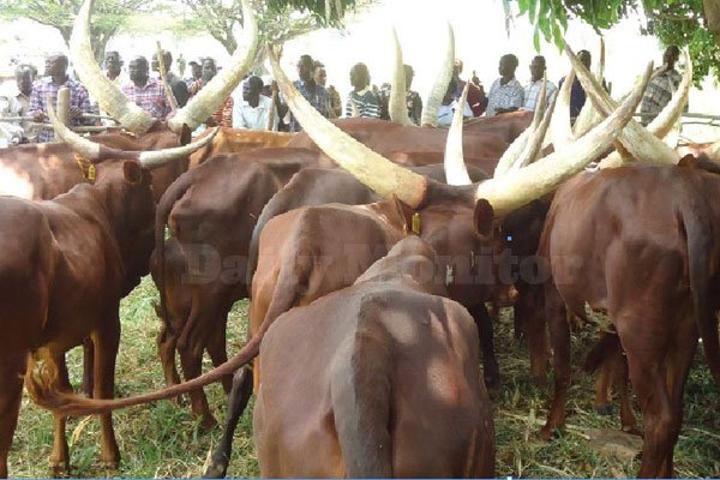In the build-up to rolling out this programme, NAGRC&DB is currently training farming leaders at community level through outreach seminars countrywide.
The soaring global demand for livestock products is pushing many Ugandan farmers to the limit in pursuance of excellent products for export.
Unfortunately, the cost of using the best farming practices is beyond many smallholder farmers countrywide.
However, there is some good news now that government, through the National Animal Genetics Resources Centre and Data Bank (NAGRC&DB) is pushing to have communal breeding as a way of empowering smallholder farmers to produce livestock products for export.
Productivity
Dr Peter Baine, the acting NAGRC&DB executive director, told Seeds of Gold that the exercise is intended to enhance productivity and produce enough livestock products for export.
“We want to position Uganda as a top beef exporter through provision of livestock at community level, skilling farmers on productivity, marketing and business incubation,” he said.
In the build-up to rolling out this programme, NAGRC&DB is currently training farming leaders at community level through outreach seminars countrywide.
“We will support farmers in the various agro-ecological zones of Uganda with high quality genetics that respond to market needs. Through this approach, crossbred beef animals with enriched genetic merit such as attainment of a slaughter weight of 350 kilogrammes at 18 months are being produced,” Dr Baine said.
Steps in the community breeding strategy include target site identification and breed characterisation, breeding structures and the creation of an enabling environment.
Already, NAGRC&DB has identified 11 game changers to the community breeding approach in order to enhance the outreach component of the programme.
Among them is a synchronisation protocol, which has been developed and tested by artificial insemination technicians and local government veterinarians.
There will also be a nutrition plan for the herds to be recruited as well as identification, tagging, recording of the animals.
Feedlots
Meanwhile, NAGRC&DB is championing establishment of feedlots at regional level beginning with Busoga and Buganda regions.
A feedlot is a type of animal feeding operation (AFO) which is used in intensive animal farming for finishing livestock, notably beef cattle, but also swine, goats and sheep.
These contain thousands of animals in an array of pens. Private farmers’ capacity has been built to operate feedlot farming with mentorship and support from the NAGRC&DB centre farms.



